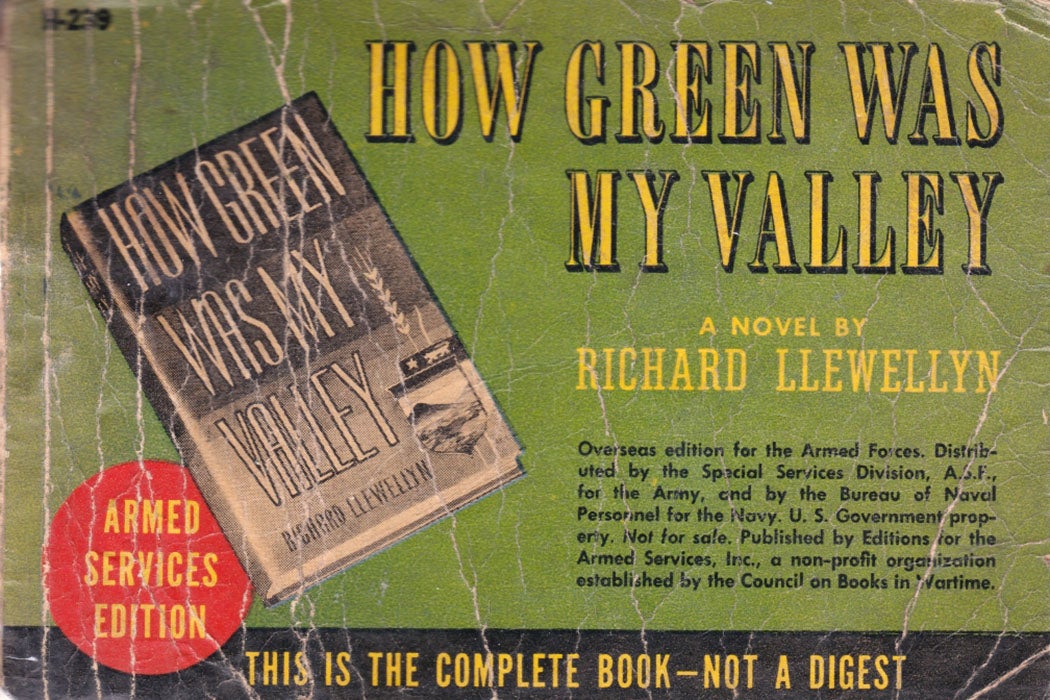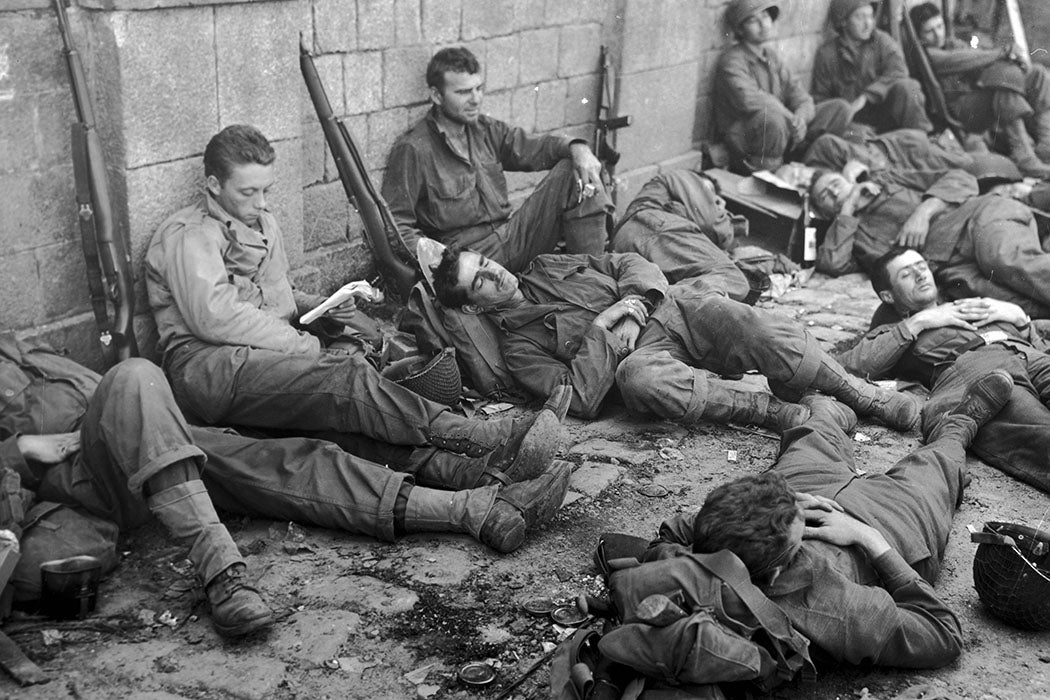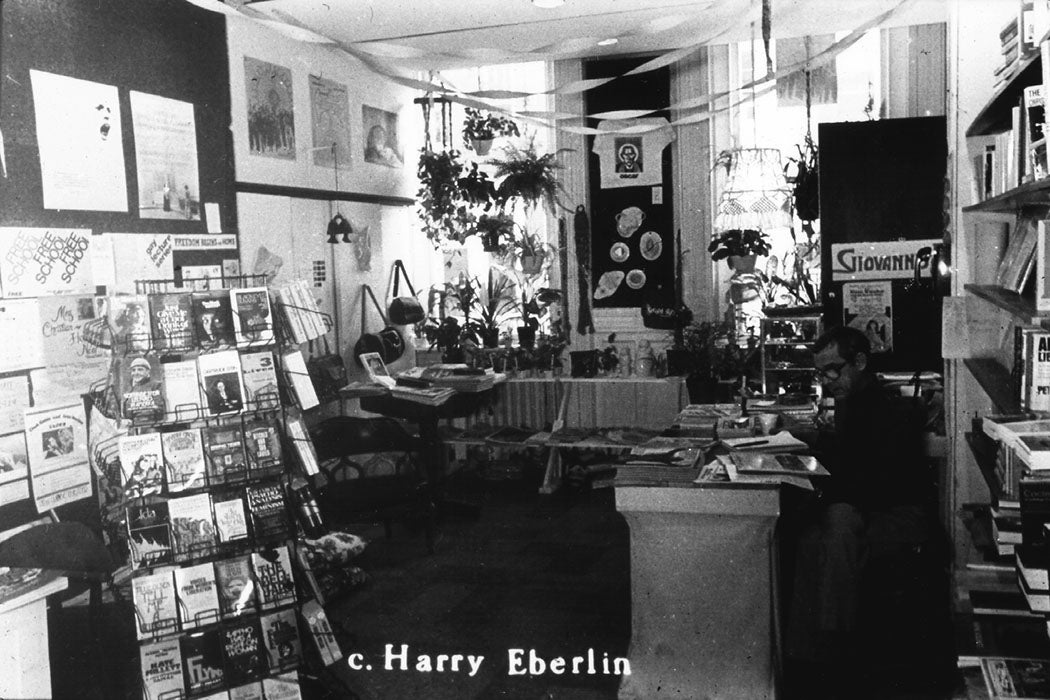War can be a time of desperate boredom. For military men serving in World War II, books were a welcome antidote. As information science scholar Alex H. Poole writes, the US government eagerly provided GIs with reading material, known as the Armed Service Editions (ASE). But some critics worried that the books chosen for the boys in uniform could have a demoralizing or even feminizing effect.
Poole situates the ASE project in the history of “middlebrow” reading. Starting in the 1910s, publishers began selling huge numbers of novels that fit this emerging category. To some, books that were accessible to a broad audience without being vulgar or stupid were a tool for bringing people together across lines of class and gender. To others, they were a threat to serious reading. One place middlebrow novels flourished was the Book of the Month Club, which debuted in 1926, providing a primarily female audience with books picked by knowledgeable administrators to appeal to a broad audience.

The ASE, created in 1943, worked a bit like the Book of the Month Club. Experts chose the titles and automatically shipped them to readers—in this case, to military units along with food, clothing, and cigarettes. Over the next four years, the project distributed about 123 million small, cheaply produced books. Supporters touted the books as “weapons in the war of ideas” and “a genuine munition of war.”
Pool writes that ASE selectors sought out books that they believed would interest “vigorous young men” and generally avoided anything written by women authors. But, as it turned out, there was a great deal of overlap between the ASE titles and the Book of the Month clubs that service members’ wives and sisters were reading back home.
GIs read books to stave off terror and tedium while awaiting enemy fire. One observer even described a pilot, “bored with a milk run from Rennes to Cherbourg,” pulling out a book “while letting his plane do a bit of piloting on its own.”
In letters home, some military men described using their reading for the generally acceptable masculine pursuits of learning about history or studying “serious literature.” But many also expressed appreciation for domestic stories like Rosemary Taylor’s Chicken Every Sunday and Betty Smith’s A Tree Grows in Brooklyn. One GI wrote that, when reading the latter, “I can’t explain the emotional reaction that took place in this dead heart of mine.”
Weekly Newsletter
The reading habits acquired during the war, along with the college educations received afterward through the GI Bill, kept many men reading in the 1950s. But, to some cultural critics, this quiet, “nonproductive” leisure-time activity was one sign of an “age of sexual ambiguity,” as historian Arthur M. Schlesinger Jr. described the post-war years.
Yet Poole notes that concern about time spent with books soon faded as cultural critics were forced to contend with the rise of a far more menacing force: television.








